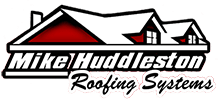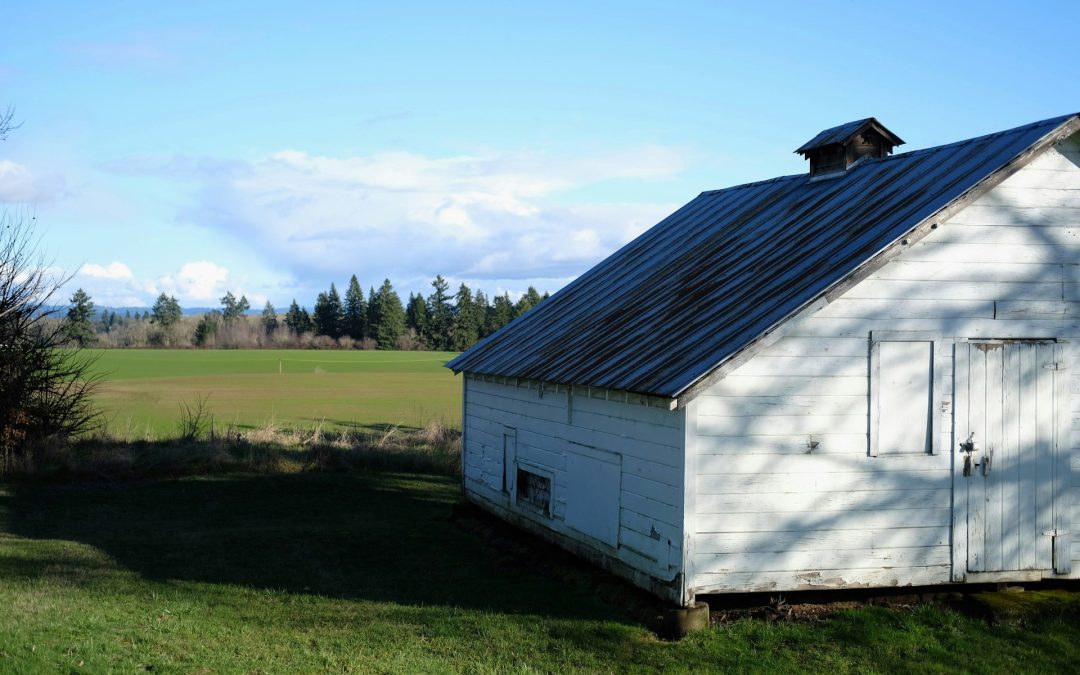Installing a new commercial metal roof is a significant investment that requires careful planning and execution. A well-installed metal roof can offer durability, longevity, and excellent protection for your commercial building. Understanding the essential steps and practices ensures your investment delivers the best results.
Preparation is critical to the success of any roofing project. Proper planning can help avoid common pitfalls and ensure a smoother installation process. This involves assessing the current roof, deciding on the right time for installation, and preparing the building for the new roof. Poor preparation can lead to delays, additional costs, and a subpar finished product.
Choosing the right materials for your metal roof is another crucial step. Different types of metal, coatings, and insulation options can impact the roof’s performance and lifespan. Picking the best materials based on your specific needs can help ensure your roof provides the protection and durability you expect.
Installation techniques are equally important. Following best practices during installation can prevent issues like leaks, corrosion, and structural damage. Professional installation using the right techniques ensures your roof is secure and performs well under various weather conditions.
After the installation, regular maintenance and inspections are essential to keep your metal roof in top condition. Addressing minor issues promptly can prevent them from developing into significant problems. Regular maintenance extends the life of your roof and ensures it continues to protect your commercial property effectively.
Preparing for Installation: Key Steps to Take
Proper preparation is crucial for a smooth and successful commercial metal roof installation. Start by thoroughly inspecting the current roof. Check for any damage or structural issues that need to be addressed before installing the new roof. A solid foundation helps ensure the new roof is secure and performs well.
Next, choose the right time for installation. Consider weather conditions and the potential impact on your business operations. Installing a metal roof during mild weather can prevent delays caused by rain or extreme temperatures. Schedule the installation during a period that minimizes disruptions to your business.
Prepare the building by removing any unnecessary items and securing the area around the worksite. Clear any debris or obstacles that could hinder the installation crew. Ensuring the workspace is safe and accessible can help the project run more efficiently. Discuss any specific site preparation needs with your roofing contractor to avoid surprises and additional costs.
Choosing the Right Materials for Your Metal Roof
Selecting the right materials is vital for the longevity and performance of your new commercial metal roof. There are several options to consider when choosing the best materials for your roof.
1. Type of Metal:
- Steel: Known for its strength and durability. Often treated with coatings like zinc or aluminum to prevent rust.
- Aluminum: Lightweight and resistant to corrosion, making it ideal for coastal areas.
- Copper: Offers a unique look and excellent durability but is more expensive than other options.
2. Coatings and Finishes:
- Galvanized Coatings: Protect steel roofs from rust and corrosion. Look for high-quality coatings for longer protection.
- Paint Finishes: Provide additional protection and customization options. Choose UV-resistant paint to prevent fading and peeling.
3. Insulation Options:
- Foam Insulation: Offers high R-value, improving energy efficiency.
- Fiberglass Insulation: Provides good thermal resistance and is easy to install.
- Reflective Insulation: Reflects heat away from the building, keeping it cooler and reducing energy costs.
Taking the time to choose the right materials ensures your new metal roof will be durable, energy-efficient, and visually appealing. Consider your building’s specific needs and consult with a roofing expert to make the best choices.
Essential Installation Techniques and Tips
Proper installation techniques are vital for the success of a commercial metal roofing project. These techniques ensure the roof is secure, durable, and able to withstand harsh weather conditions. Here are some key installation tips to follow:
1. Use Quality Fasteners:
- Choose the right type of fasteners based on your roof type and materials. Stainless steel or galvanized fasteners are ideal for preventing rust and corrosion.
- Ensure fasteners are properly spaced and securely tightened to prevent leaks and wind damage.
2. Install Underlayment:
- Place a high-quality underlayment beneath the metal panels to provide an extra layer of protection against moisture and leaks. Synthetic underlayments are recommended for their durability and water resistance.
3. Proper Panel Placement:
- Align metal panels correctly and maintain consistent spacing. Overlapping edges should be secure to prevent water infiltration.
- Start installation from one side and work your way across the roof, ensuring panels are not skewed.
4. Seal All Seams and Edges:
- Use appropriate sealants at all seams, edges, and penetrations. This helps to prevent water from seeping under the panels and causing damage.
5. Follow Manufacturer Guidelines:
- Always adhere to the manufacturer’s installation instructions specific to the materials you are using. This ensures that the roof performs as expected and maintains any warranties.
Applying these techniques will help ensure your commercial metal roof is installed correctly, providing a long-lasting and reliable roofing solution.
Post-Installation Maintenance and Inspections
Once your commercial metal roof is installed, ongoing maintenance and regular inspections are crucial to keeping it in top condition. Here are some essential practices and tips to follow:
1. Regular Inspections:
- Conduct thorough inspections at least twice a year, preferably in spring and fall. Also, inspect after major weather events like storms or heavy snowfall.
- Look for signs of damage such as loose or missing panels, rust spots, and damaged fasteners.
2. Cleaning the Roof:
- Keep the roof free from debris, leaves, and branches. Clean gutters and downspouts regularly to prevent clogging.
- Use a soft brush or low-pressure water spray to clean the metal surface. Avoid harsh chemicals that could damage the coating.
3. Address Minor Repairs Promptly:
- Fix minor issues like loose fasteners, small leaks, or rust spots as soon as you notice them. Ignoring these can lead to more significant problems over time.
- Use appropriate sealants and materials for repairs to maintain the roof’s integrity.
4. Inspect and Maintain Flashing:
- Check the flashing around vents, chimneys, and other roof penetrations for signs of wear or damage.
- Repair or replace damaged flashing to prevent water infiltration.
5. Recoat When Necessary:
- Over time, the protective coating on your metal roof may wear down. Reapply coatings as needed to protect against corrosion and UV damage.
By following these maintenance practices, you can extend the lifespan of your commercial metal roof and ensure it continues to provide reliable protection for your building.
Final Thoughts
Installing a commercial metal roof involves careful planning, choosing the right materials, following essential installation techniques, and committing to regular maintenance. These best practices help ensure your metal roof is durable, reliable, and provides the protection your building needs.
Regular maintenance and timely inspections are key to extending the lifespan of your metal roof. Addressing minor issues promptly can prevent them from becoming major problems. This proactive approach ensures your investment remains in excellent condition for years to come.
For expert advice and professional installation, contact Mike Huddleston Roofing Systems. We offer top-quality service to ensure your commercial metal roof meets all your needs. Reach out today to learn how we can help you with your roofing project.

